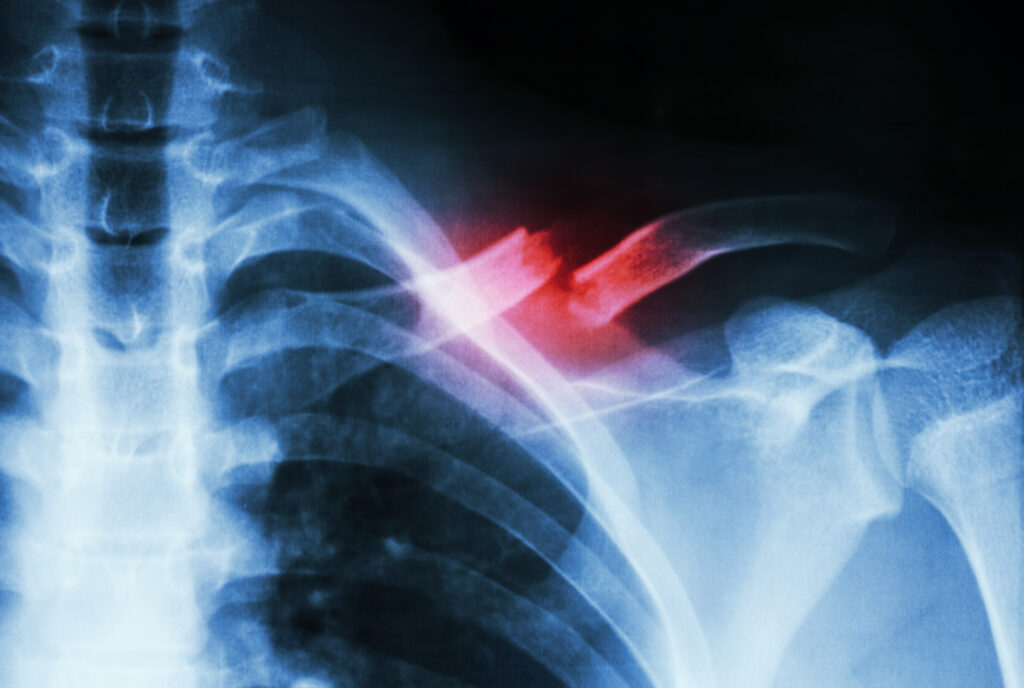Bone fractures may not seem like a public health issue, but they affect an estimated 178 million people worldwide each year. Most fracture victims are treated for the pain with nonsteroidal anti-inflammatory drugs (NSAIDs), which isn’t optimal, as these drugs reduce inflammation, which is an important part of the healing process.
With that in mind, a team of researchers from the Penn State College of Medicine set out to study alternative methods of managing fracture pain, and in doing so, they may have discovered a novel method for healing broken bones. Their findings were published in August in the Journal of Bone and Mineral Research.
The Study
The researchers induced bone fractures in a cohort of adult male mice and then treated them with either 5 mg per day of cannabidiol (CBD), 5 mg of cannabigerol (CBG), 2.5 mg per day of the NSAID indomethacin, 3 mg per day of the NSAID celecoxib, or a placebo. All dosages were determined based on previous studies. Treatment began 24 hours after the fractures were induced and continued for a period of 14, 21, or 28 days.
To evaluate the pain-relieving effects of CBD and CBG, the scientists performed a series of pain behavior tests one hour after treatment. Across the board, the treated mice tested better than mice given a placebo, but more importantly, mice given CBD and CBG produced comparable pain scores to those given NSAIDs.
The researchers also used immunofluorescence microscopy, microcomputer tomography imaging, and biomechanical testing to study the fracture healing process at 14, 21, and 28 days. They measured everything from bone density and bone strength to the expression of genes that are necessary for the progression of fracture healing—and their results were surprising, as the cannabinoids appeared to actively support the healing process.
In the early phase of treatment, the cannabinoids were associated with an increase in periosteal bone progenitors, which develop into cells that help bone tissue to form. During the later phase of healing, CBD and CBG promoted faster absorption of minerals that strengthen newly formed bone.
“Both treatments led to higher bone volume fraction and mineral density than with NSAID treatments, which leads to a functional and healthy newly formed bone,” said Reyad Elbarbary, PhD, an associate professor of orthopedics and rehabilitation at Penn State and one of the study’s authors.
Conclusions
“We still have a lot to learn about the biological mechanisms behind what we observed,” said Elbarbary, who noted that future research will focus on defining the cellular and molecular processes behind the cannabinoids’ role in fracture healing, as well as developing a clinical formulation for use in adult fracture patients.
While CBD has already been approved by the FDA to treat seizures in children, finding a formulation, or dose, that is suitable for adults in the context of bone fractures will be a critical next step, Elbarbary said. “There is already robust safety information gathered on CBD,” he explained. “CBG is more investigational at this stage. It’s more likely that CBD would be repurposed for treating fractures once a formulation is found and its efficacy for treatment in the context of bone fractures is determined.”






